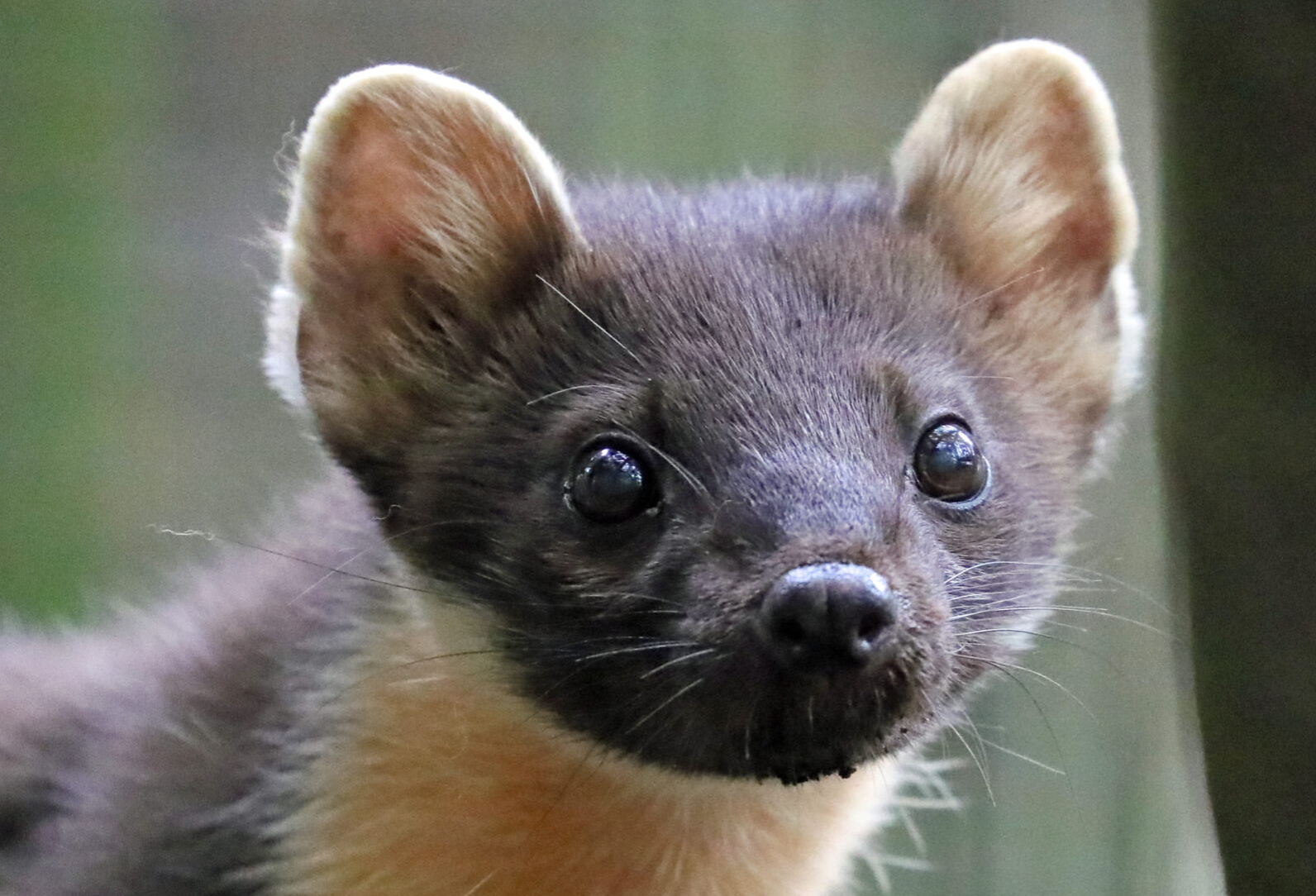Kent Wildlife Trust
For a summary of Re-wilding please see the Wilder UK project page.
Since 2019, Restore Our Planet has been working with Kent Wildlife Trust (KWT) to realise their vision of creating a Wilder Kent, where 30% of Kent’s land and sea is thriving with wildlife. A grant from Restore enabled KWT to appoint specialist Wilding Officers who, together with partners Wildwood Trust, have driven forward specific wilding projects and partnerships with specialist organisations, such as Natural England, RSPB, Woodland Trust and English Heritage.
The vision proposed by Kent Wildlife Trust was to ‘make Kent a wilder place, to restore lost species and ecological processes and inspire people to support efforts to reverse wildlife losses of the past.’ Using the Lawton principle of bigger, better and more joined up – Wilder
Kent aims at doubling ‘wild’ areas in Kent, through better stewardship of nature at scale and the links between nature-rich sites.
Key outcomes of the project include:
• A 3,000 acre high profile demonstration wilding project, which once in place will attract in the region of half a million visits.
• Restoring or reintroducing species extinct in Kent and the South East, including red squirrels, pine martens, red billed chough and beavers.
• Using the effects of reintroduced native wildlife to control invasive species and create better balanced ecosystems – creating the right conditions for nature to begin repairing itself.
• Use of inspirational communications to gain public support for these programmes and to give both short-term and long-term financial resources to ensure their sustainability.
Pine Martens
Pine martens have been persecuted to the brink of extinction, and by 1915 were confined to just a few isolated populations in the most remote areas of Britain. In recognition of this threat, the pine marten has been identified as a priority species under the UK Biodiversity Action Plan. We must now reintroduce the pine marten, once the second most common carnivore in Britain, across its former ranges throughout southern England, creating wild populations from Kent to Gloucestershire and increasing connectivity between fragmented relic populations in Wales.
In order for this to work, we must build a breeding facility to supply captive-bred pine martens for the reintroduction. We will be partnering with Wildwood Trust, the nation’s leading experts in the captive breeding of pine martens, who have pioneered unique enclosure designs which drastically increase the success rate of breeding. Using their expertise, we can guarantee a captive bred source population to support the reintroduction programme. To support the breeding programme, Wildwood will construct eight breeding enclosures at their wildlife park in Kent and will increase keeper capacity, creating a dedicated role for the care of these animals.
Pine martens play an integral role in a balanced woodland ecosystem and act as a biodiversity indicator species. Their reintroduction can control invasive species such as the grey squirrel, paving the way for the return of the native red squirrel, and also create healthier woodland habitats.
Turtle Doves
Turtle dove numbers have been devastated by habitat loss, with 96% of this species having been lost in the last 20 years, and without immediate intervention they will disappear from our countryside for ever.
As an educational tool to engage the public with nature they have lost, and to act as a springboard for the planned future conservation project, a turtle dove enclosure will be built at Wildwood Trust to educate their visitors about the vital and exciting work Kent Wildlife Trust has already begun to safeguard the future of the turtle dove.

Turtle Dove (picture copyright Ian Stewart)

Turtle Dove (picture copyright Ian Stewart)

Pine Marten (picture copyright Wildwood)

Pine Marten (picture copyright Wildwood)

Turtle Dove (picture copyright Ian Stewart)
